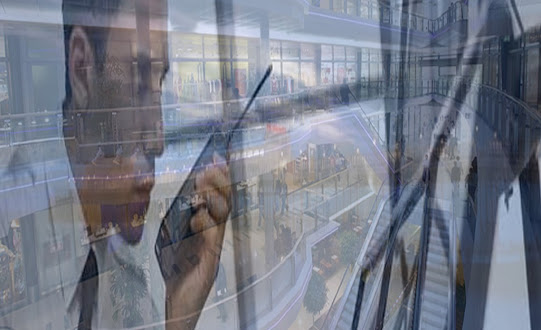The Role of Retail Security Guards in Preventing Shoplifting
Shoplifting is a pervasive issue that affects retailers of all sizes, causing significant financial losses and impacting the overall shopping experience for both customers and staff. In the dynamic landscape of retail, security guards play a crucial role in deterring theft and maintaining a safe environment. This article explores the multifaceted responsibilities of retail security guards and how their presence contributes to preventing shoplifting.
1. The Visible Deterrence
One of the primary functions of retail security guards is to serve as a visible deterrent to potential shoplifters. The mere presence of a security guard can dissuade individuals with malicious intent, as they are less likely to attempt theft when a trained professional is on-site. This proactive approach sets the tone for a secure shopping environment and sends a clear message that illegal activities will not be tolerated.
2. Customer Service and Observation
Retail security guards are not only enforcers of the law but also ambassadors of customer service. By interacting with shoppers in a friendly and approachable manner, security guards help create a positive atmosphere within the store. This dual role allows them to observe customer behavior discreetly, identifying any suspicious activities or individuals who may be attempting to shoplift.
3. Proactive Surveillance
Effective surveillance is a cornerstone of preventing shoplifting. Retail security guards are trained to use surveillance systems strategically, monitoring various areas of the store to identify potential threats. Their expertise in recognizing suspicious behavior, body language, and other cues enables them to intervene before a theft occurs. This proactive surveillance minimizes the likelihood of shoplifting incidents and promotes a sense of security among customers.
4. Quick Response and Apprehension
In the event of a suspected shoplifting incident, retail security guards are trained to respond swiftly and appropriately. Their ability to assess situations and take decisive action is crucial in preventing theft from escalating. Whether through discreet observation or direct confrontation, security guards aim to apprehend perpetrators while minimizing disruption to the overall shopping experience.
5. Collaboration with Retail Staff
Retail security guards work closely with store employees to share information, implement security protocols, and coordinate efforts to prevent shoplifting. Training programs often include collaboration scenarios to ensure seamless communication between security personnel and retail staff. This synergy enhances the overall effectiveness of security measures and reinforces a united front against theft.
6. Education and Awareness
Beyond their role in apprehending shoplifters, retail security guards contribute to loss prevention through educational initiatives. They may conduct training sessions for retail staff on recognizing potential theft indicators, implementing best practices, and maintaining a heightened awareness of security issues. By fostering a culture of vigilance, security guards empower all members of the retail team to play a role in preventing shoplifting.
7. Technology Integration
Modern retail security guards leverage advanced technologies to enhance their effectiveness. From CCTV systems and electronic article surveillance (EAS) devices to RFID tracking and data analytics, technology provides additional layers of protection against shoplifting. Security guards are trained to use these tools effectively, staying ahead of evolving threats and adapting to new challenges in the retail landscape.
In the ever-evolving world of retail, security guards serve as frontline defenders against the persistent issue of shoplifting. Their visible presence, proactive surveillance, quick response capabilities, and collaboration with retail staff collectively contribute to a comprehensive strategy for preventing theft. As guardians of the shopping environment, Loss prevention security guards play a vital role in safeguarding not only merchandise but also the overall experience for law-abiding customers. Through a combination of training, technology, and a commitment to service, these professionals are instrumental in maintaining a secure and thriving retail environment.

.jpg)


Comments
Post a Comment